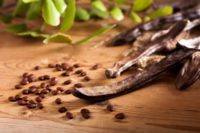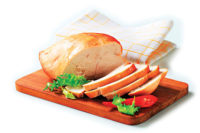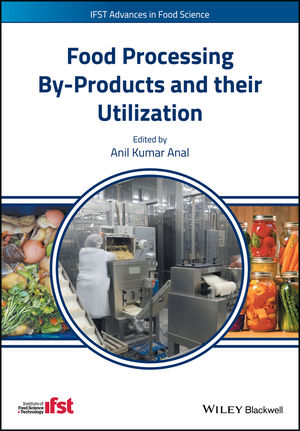Holding it together

Kids expect their dinosaur-shaped chicken nuggets to consistently have the same tail length. Moms want their deli-sliced turkey to be juicy, while dads hope their tailgating brats taste like they were soaked in beer for days.
Even during financially challenging times, consumers are not willing to forgo taste, and in the case of junior, appearance matters first. Price and convenience are also at the top of consumers’ wish list when it comes to the foods they purchase at the supermarket, according to the 2010 Food & Health Survey by the International Food Information Council (IFIC), Washington, D.C.
These three attributes are associated with many of today’s processed meats—sold either alone or as part of a prepared entrée. Think of fully cooked refrigerated meatloaf or the increasingly popular frozen skillet meals, where meat pieces are fully cooked and flash-frozen. What often keeps these meats affordable and tasty is the inclusion of ingredients classified as stabilizers.
Stabilizers are polymeric carbohydrates such as gums, fibers and starches, as well as select proteins, that can—as the term suggests—stabilize, or hold the food system together. They serve many functions, which varies by application. In processed meats, they bind water, thus preventing meats from drying out and at the same time increasing yield. They can also prevent fat from separating and improve mouthfeel, and in frozen products, they can prevent ice crystal development, which reduces the chance of freeze/thaw-related quality issues.
Depending upon the application, stabilizers can be added via a marinade. Injection marinades need swelling control and small particle size. Tumbled meats face a moisture challenge, and adding a stabilizer system with good water-binding properties will help maintain mouthfeel. Properly designed marinades can enhance tenderness and juiciness. Some have inhibitory mechanisms to suppress oxidative rancidity and resulting warmed over flavors.
Carrageenan-based stabilizers with minimal cold-water swelling and fine particle size are the most common for either type of marinade. They work synergistically with the various phosphates and salts to improve the texture of meats while increasing yield.
For minced and emulsified meats, such as hot dogs and sausages, carrageenan ingredients designed to develop a soft, elastic gel work best. They can also function as a partial fat replacer in lower-fat formulations.
Depending upon the application, sometimes a synergistic blend of gums provides the most desirable elastic gel, as well as enhanced water-binding properties. The latter is particularly important in comminuted meat products, veggie and soy burgers, as well as meat analogs. Vegetable and soy burgers need extremely strong binders to maintain their consistency and mimic the texture of meat burgers. The right gel can assist in this effort.
There are a number of companies offering fiber ingredients for extending meat products to reduce cost while retaining a juicy texture. One company has developed a pea fiber that does this while allowing for improved standardization to better manage variation in poultry. The fiber functions by forming a matrix within the poultry paste. It acts as a shape-retention agent, controlling cooking losses and keeping the product in its original form—that way, a dinosaur does not transform into a Mickey Mouse shape in the microwave.
Some stabilizers are designed to help meat, poultry and fish processors turn odd-shaped pieces and trimmings into high-value items, such as those dinosaur chicken nuggets or pork strips in the heat-and-eat stir fry. Such a stabilizer system helps satisfy consumer demands for taste and texture without the use of whole-muscle proteins.
For example, one such binding ingredient based on a formerly patented hydrocolloid blend developed at Colorado State University, consists of sodium alginate, calcium sulfate (or carbonate), glucono-delta lactone and sodium phosphate. The system can bind raw protein pieces without salt, phosphate or heat. Meat processors can make beef steaks, formed pork chops and chicken fillets. Further, the binding system increases yield at the same time it produces a juicer product with excellent cooking and freeze-thaw stability, as well as reduced cooking loss.
Holding it all together—in life it sounds easier than it is. In the meat- and poultry-processing industries, with a little help from stabilizers, it’s relatively easy.
Looking for a reprint of this article?
From high-res PDFs to custom plaques, order your copy today!









